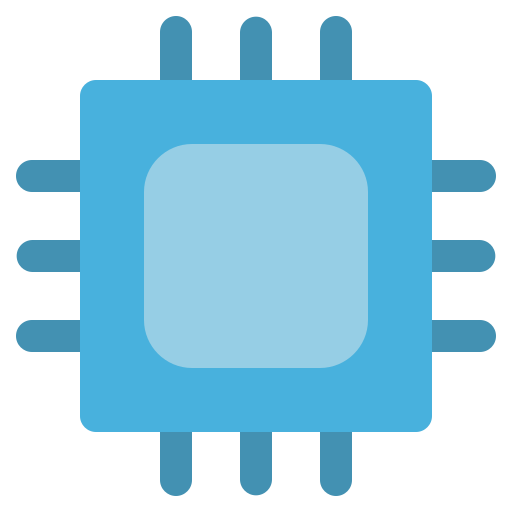

Tony Stark was able to build his CA in a cave! With a bunch of dice!


Tony Stark was able to build his CA in a cave! With a bunch of dice!


This will be so much fun for people with legacy systems


Now consider that most enterprises are about five years behind that. Takes a few years before what’s available in Fedora trickles down to RHEL, and a few more years before it’s rolled out to clients. Ubuntu is on a similar timeline.
The fixes you got two years ago might be rolled out in 3 years in these places. Oh, and these are the people forking up much of the money for the Wayland development efforts. The current state of Wayland if you pay for it is kinda meh.


I’ll bite. It’s getting better, but still a long way to go.
But what do I know, I’ve only deployed and managed desktop linux for a few thousand people. People were screaming about these design flaws back in 2008 when this all started. The criticisms above were known and dismissed as FUD, and here we are. A few architectural changes back then, and we could have done this migration a decade faster. Just imagine, screen sharing during the pandemic!
As an example, see Arcan, a small research project with an impressively large subset of features from both X11 and Wayland (including working screen sharing, network transparency and a functioning security model). I wouldn’t use it in production, but if it was more than one guy in a basement working on it, it would probably be very usable fairly fast, compared to the decade and half that RedHat and friends have poured into Wayland thus far. Using a good architecture from the start would have done wonders. And Wayland isn’t even close to a good architecture. It’s just what we have to work with now.
Hopefully Xorg can die at some point, a decade or so from now. I’m just glad I don’t work with desktops anymore, the swap to Wayland will be painful for a lot of organisations.


Rough start? It’s been over a decade and it’s still rough.


How about ”don’t”?


You have FreeIPA if you want a ”product”.
But honestly, if I, as a Linux admin, would do this kind of thing at this scale, I’d probably elect to remain on AD.


Here be dragons. But basically:
Run a VM from contents of a physical disk: use ’dd’ to create disk image. If on linux, try to boot and fix all the errors, hopefully few.
Run VM as physical machine: other way around.
You won’t find this in a tutorial. You need to understand concepts, read manuals, fit everything together, execute, fail and retry until it works.
For Windows, I have no idea. Conceptually, I figure it’s similar.
There is actually less to ’xkill’. It nukes the X window from orbit in a very violent manner. The owning process(-tree) will usually just instantly curl up and die.
The main benefit is that it doesn’t actually kill the process, it only nukes the window. As such, you can get rid of windows belonging to otherwise unkillable processes (zombies, etc).
Also, it’s fun. Just don’t miss the window and accidentally kill your WM. (Beat that Wayland)